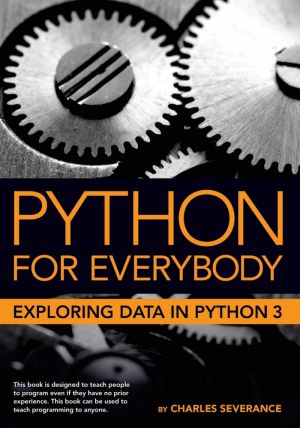Python for Everybody
Exploring Data Using Python 3
by Dr. Charles Severance
DescriptionTable of ContentsDetailsHashtagsReport an issue 






Book Description
Python for Everybody is designed to introduce students to programming and software development through the lens of exploring data. You can think of the Python programming language as your tool to solve data problems that are beyond the capability of a spreadsheet. Python is an easy to use and easy to learn programming language that is freely available on Macintosh, Windows, or Linux computers. So once you learn Python you can use it for the rest of your career without needing to purchase any software. This book uses the Python 3 language.This open book is licensed under a Creative Commons License (CC BY-NC-SA). You can download Python for Everybody ebook for free in PDF format (2.4 MB).
Table of Contents
Chapter 1
Why should you learn to write programs?
Chapter 2
Variables, expressions, and statements
Chapter 3
Conditional execution
Chapter 4
Functions
Chapter 5
Iteration
Chapter 6
Strings
Chapter 7
Files
Chapter 8
Lists
Chapter 9
Dictionaries
Chapter 10
Tuples
Chapter 11
Regular expressions
Chapter 12
Networked programs
Chapter 13
Using Web Services
Chapter 14
Object-oriented programming
Chapter 15
Using Databases and SQL
Chapter 16
Visualizing data
Book Details
Title
Python for Everybody
Subject
Computer Science
Publisher
Self-publishing
Published
2016
Pages
247
Edition
1
Language
English
ISBN13 Digital
9781530051120
ISBN10 Digital
1530051126
PDF Size
2.4 MB
License

Related Books
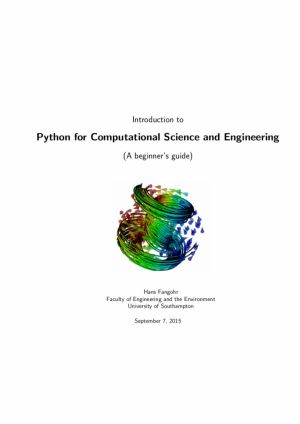
This book summarises a number of core ideas relevant to Computational Engineering and Scientific Computing using Python. The emphasis is on introducing some basic Python (programming) concepts that are relevant for numerical algorithms. The later chapters touch upon numerical libraries such as numpy and scipy each of which deserves much more space ...
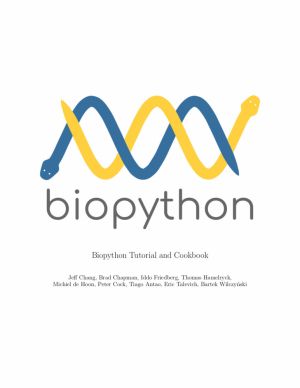
The Biopython Project is an international association of developers tools for computational molecular biology. Python is an object oriented, interpreted,flexible language that is becoming increasingly popular for scientific computing. Python is easy to learn, hasa very clear syntax and can easily be extended with modules written in C, C++ or FORTRA...
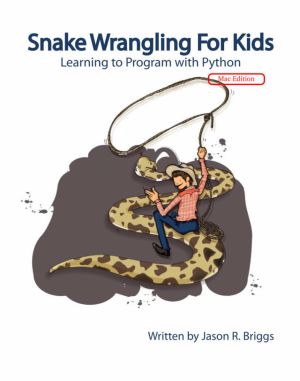
Python for Kids is a lighthearted introduction to the Python language and to programming in general, complete with illustrations and kid-friendly examples. We begin with the basics of how to install Python and write simple commands. In bite-sized chapters, you'll discover the essentials of Python, including how to use Python's extensive s...
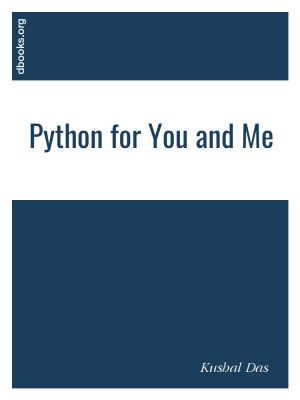
This is a simple open book to learn Python programming language, it is for the programmers who are new to Python.
Python is an interpreted, high-level and general-purpose programming language. Python consistently ranks as one of the most popular programming languages. Large organizations that use Python include Wikipedia, Google, Yahoo, CERN, NA...

To tap into the power of Python's open data science stack - including NumPy, Pandas, Matplotlib, Scikit-Learn, and other tools - you first need to understand the syntax, semantics, and patterns of the Python language. This report provides a brief yet comprehensive introduction to Python for engineers, researchers, and data scientists who are a...
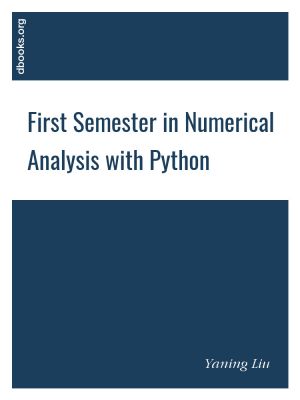
The book is based on "First semester in Numerical Analysis with Julia". The contents of the original book are retained, while all the algorithms are implemented in Python (Version 3.8.0). Python is an open source (under OSI), interpreted, general-purpose programming language that has a large number of users around the world. Python is ran...

